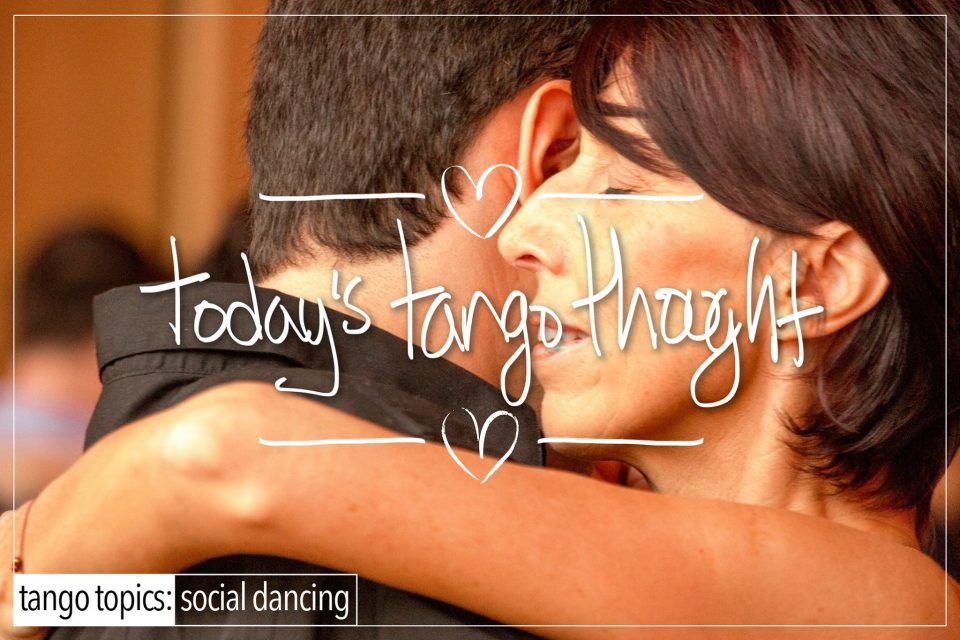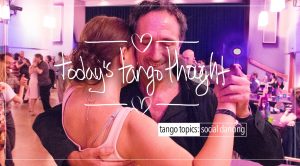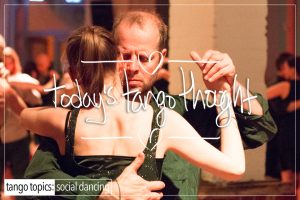For what it’s worth the goal of every Lead should be a happy, smiling, Follower. A good portion of Leads arrogantly believe that just because they (and their AMAZING – ahem – dance and embrace and their misnomer of musical interpretation – ahem) that they have impressed their Followers. Not so. Sometimes it’s not about how your dance, or the way in which you interpret the music but instead something else that causes the Follower to smile. One of the many ways is to allow the Follower to dance with the Lead instead of dictating what they should dance.
To be a bit more transparent, that means that you as a Lead must invite, engage, suggest, cajole, propose and never force the Follower to do something (a piece of vocabulary) with you, not for you. There should be no expectation. Frequently Followers, if you ask them, assuming you get beyond their desire not to hurt your feelings that you weren’t really all that, most Followers will tell you that they feel rushed, pushed around, and kinda sort of like a play thing, as if they’re being tested, especially with a better Lead, like they’re performing as a trained dog. While this may or may not be true. As Leads you can avoid this simply by ratcheting down the rushing about part, and then here’s the easy part – when you lead something listen for the response and instead of rushing to the next thing, drop a beat, reset the embrace and then move on.











